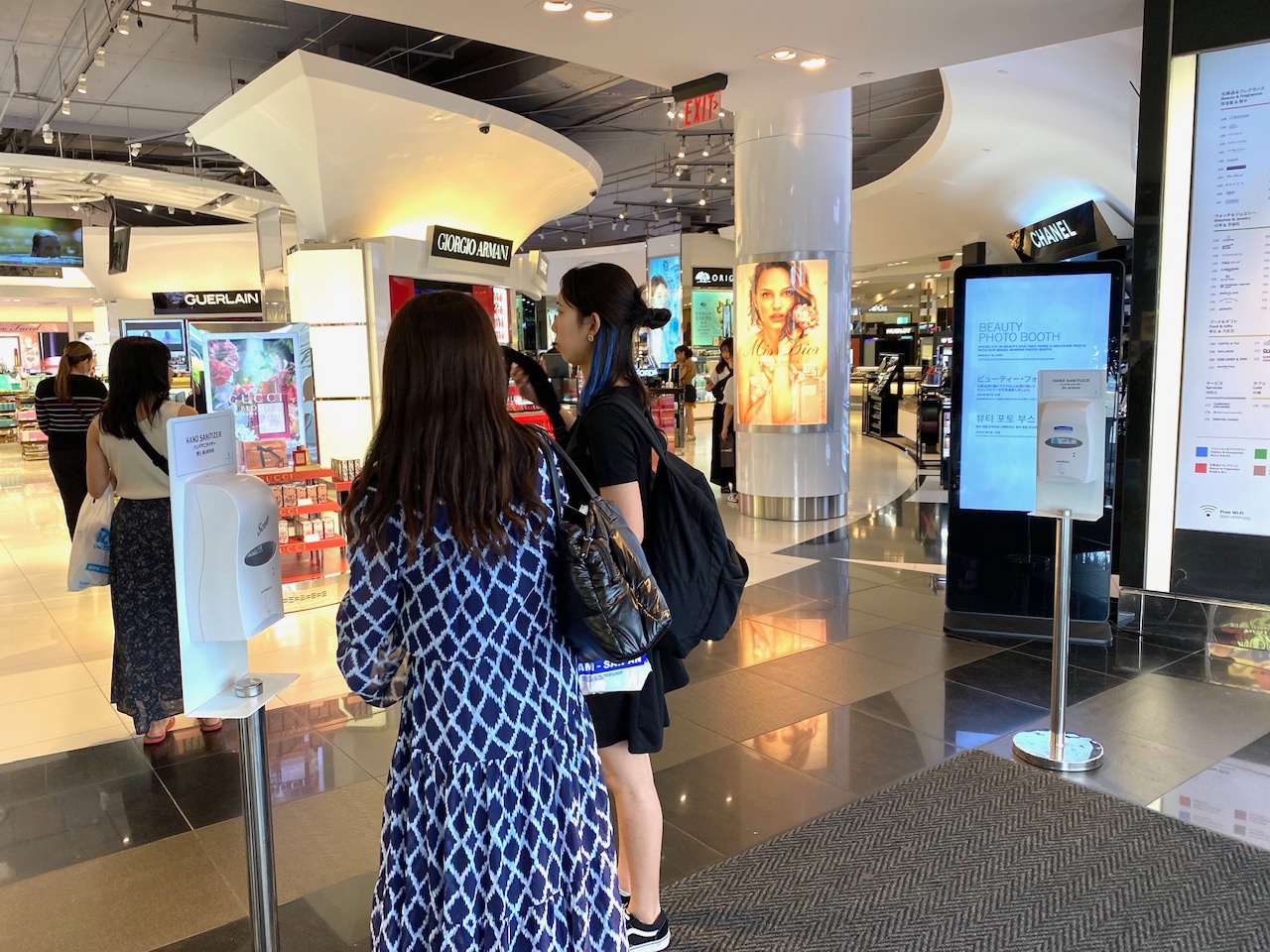Home ﹥ News > News > * Sweden and Taiwan Are Showing the World a Sustainable Way to Fearlessly Live with the Coronavirus
(May 22, 2020)
Sweden and Taiwan Are Showing the World a Sustainable Way to Fearlessly Live with the Coronavirus

An article on the website of science journal Nature mentioned that 22 scientists wrote to the Swedish daily Dagens Nyheter in April criticizing Sweden's no-lockdown response to COVID-19. Our evidence-based analysis actually shows that lockdown is not a one-size-fits-all measure and Sweden is truly showing the world a sustainable way for everybody to fearlessly live with the virus, which is an inevitable situation we all need to face and accept for a while.
The biggest myth about lockdowns is that they are the only solution when an epidemic worsens. In fact, a lockdown is a measure to cordon off a seriously-affected area so that people in other areas are protected. When SARS hit Taiwan 17 years ago, the health authority locked down a hospital, where a serious nosocomial infection occurred, to protect the community. When Wuhan became a miserable epicenter of China in January, Chinese government issued a lockdown order to prevent the coronavirus from further spreading to other cities and provinces.
Italian officials misunderstood the lockdown measure. Italy was the first country in Europe to enforce a lockdown order, starting from the north and then spreading nationwide. However, unfortunately, Italy also became the first country in the world to have death toll that surpassed China's on March 19.
The lockdown measure was also misunderstood in New York State of the United States. While California and Washington States, on the West Coast, were piling confirmed cases in February, New Yorkers seemed to think they had nothing to do with the virus at all. The Wall Street Journal reported that hospitals in New York did not well plan coordination until the death toll topped 1200. New York Governor Andrew Cuomo issued a “stay home” order on March 20 and enforced strict measures, but, unfortunately, New York became the US state that reported the greatest number of deaths from COVID-19.
Belgium seemed to rush into a lockdown as well, but forgot to take care of the high-risk elderly. The BBC reported on May 2 that, out of Belgium's 7,703 deaths, 53% have been in care homes. Belgian Officials told BBC that poor preparation left care home staff lacking personal protective equipment (PPE) and that allowed the virus to spread quickly.
An analysis done by Prof. Isaac Ben-Israel, an Israeli top scientist, has shown that the novel coronavirus would run its full course of epidemic no matter if there is a lockdown or any similar restrictions in place. One price of chaotic restrictions – which the whole world must pay for - is the collapse of supply-chains. This has sadly led to many frontline medical personnel having to fight the coronavirus without personal protective equipment (PPE).
We think that a “flu-like epidemic control” better describes Sweden's COVID-19 response strategy. Although COVID-19 is not flu, the coronavirus appears to be highly contagious and has a transmission pattern similar to a flu pandemic, with so many countries worldwide reporting confirmed cases. The most relevant and sustainable measures for most countries are therefore flu control protocols.
In the end of January, Germany’s first two cases contracted the virus from a colleague who flew in from Shanghai to join the company’s workshop. Soon after, two other colleagues, who had not had contact with the Chinese visitor, tested positive for the coronavirus. This cluster has preliminarily showed the virus could be easily transmitted from human to human - very similar to an influenza virus. At the same time, those German patients’ very mild flu-like symptoms were noticed.
Singapore and Japan offered significant evidence of a larger scale in February. As of February 29, Singapore had reported 93 cases, including five clusters and quite a number of patients whose source of infection could not be traced. It was showing that the coronavirus could easily spread within a community, just like what an influenza virus can do.
By February, Japan had confirmed more than 250 cases - excluding the cruise line’s cases. Most of those infected had flu-like symptoms only, while six older patients died of pneumonia. So, in Japan, the virus was also showing a flu-like epidemic, which usually brings senior people a higher risk for developing severe illness and causing fatality.
Therefore, the frighteningly high death toll number in China and Italy could be the result of a medical system collapse caused by too many patients rushing to hospitals, which is the scenario usually observed during a flu pandemic.
Unfortunately, most people seem too nervous to notice the virus' “flu-like epidemic pattern”, so they rushed into lockdowns and emotionally criticized that countries without strict restrictions are risking people's lives. If the world's leading countries, or international organizations, stepped forward in March to coordinate a global force to battle the pandemic with measures derived from flu control protocols, the whole story would be different now.
Taiwan's success story offers an example of effective control protocols that combines an existing flu-like disease surveillance system, previous SARS control experience, and no strict lockdowns. The surveillance system asks clinics and hospitals to cooperate by reporting patients with flu-like symptoms for virus testing and early treatments. Taiwan also asks infected people and their contacts must undergo a home or facility quarantine, as well as reminds healthy people to practice good hygiene all the time to flatten the epidemic curve, but has never seriously disrupted people's daily routines. For example, many people in Taipei still commute by train every day.
As of May 12, Taiwan, with a population of 23 million citizens, had reported 6 deaths from COVID-19 and less than 500 confirmed cases, while New York State, having its 19 million residents under strict lockdowns, has reported more than 27,000 deaths.
In addition, Taiwanese have been promptly wearing a mask since the middle of January even though experts could not agree on whether it helped at that time. Taiwanese government also coordinated mask manufacturers to increase production capacity to meet people’s demands of purchasing masks. In contrast, most of western countries did not add wearing a mask to their COVID-19 control guidelines until April.
The only thing that Sweden needs to worry about is the high number of deaths form COVID-19 at nursing homes. If nearby hospitals have spare capacity, it would be better to move nursing home residents to hospitals, and thoroughly clean and sanitize affected nursing homes.
Sweden also needs to learn that Taiwan's experience has proved wearing a mask can be an effective extra precaution, especially for countries trying to avoid stricter restrictions. People do not need a surgical mask. Cloth masks work well, too. The more Swedes wear a mask, the more effective Sweden's COVID-19 control measures will appear to the world.
